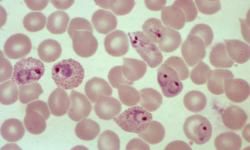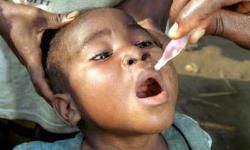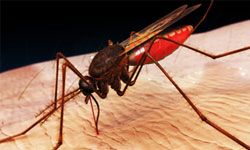Unlike other diseases on this list, which can still appear in outbreaks when vaccination vigilance weakens, smallpox has been wiped off the face of the earth, except for samples of the virus held in labs in the United States and Russia for research purposes.
Symptoms of smallpox included a high fever, head and body aches, malaise, vomiting. The most marked characteristic of the diseases is a rash of small red bumps, which progress into sores that break open and spread the virus (the virus could also be spread via contact with shared items, clothing and bedding). Smallpox was an entirely human disease -- it didn't infect any other animal or insect on the planet. Thus, once vaccination eliminated the chances of the virus spreading among the human population, the disease disappeared; in fact, the United States hasn't vaccinated for smallpox since 1972.
Although smallpox was one of the most devastating illnesses in human history, killing more than 300 million people worldwide during the 20th century alone, scientists declared the world free of smallpox in 1979. The naturally occurring disease has been eradicated, but fears remain about the smallpox samples being used as bioweapons.
CONTRIBUTING WRITERS:
Helen Davies, Marjorie Dorfman, Mary Fons, Deborah Hawkins, Martin Hintz, Linnea Lundgren, David Priess, Julia Clark Robinson, Paul Seaburn, Heidi Stevens, and Steve Theunissen





